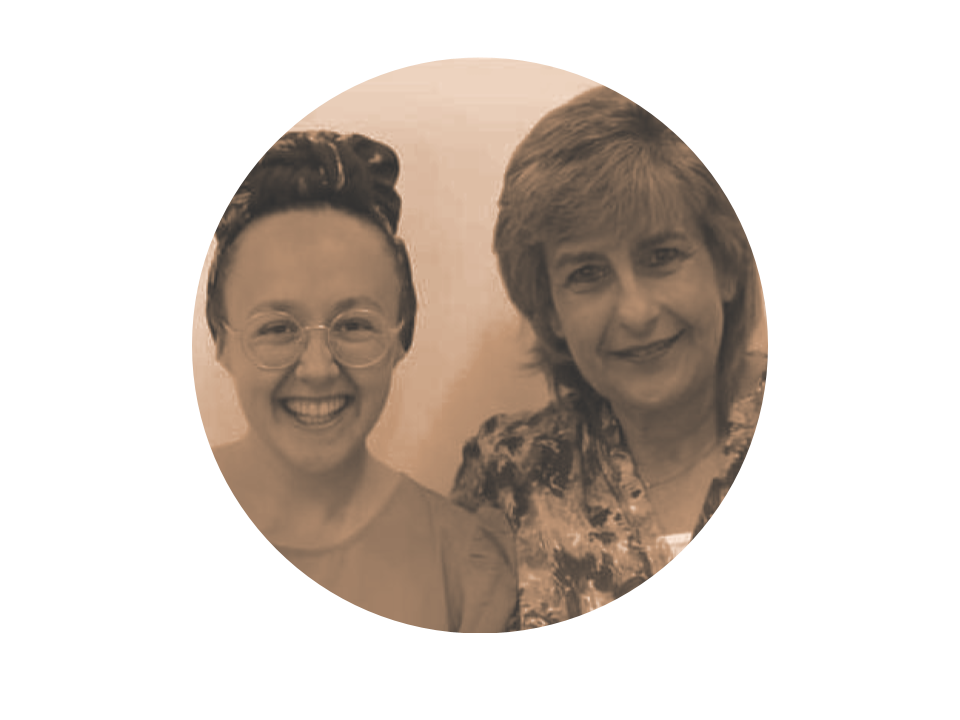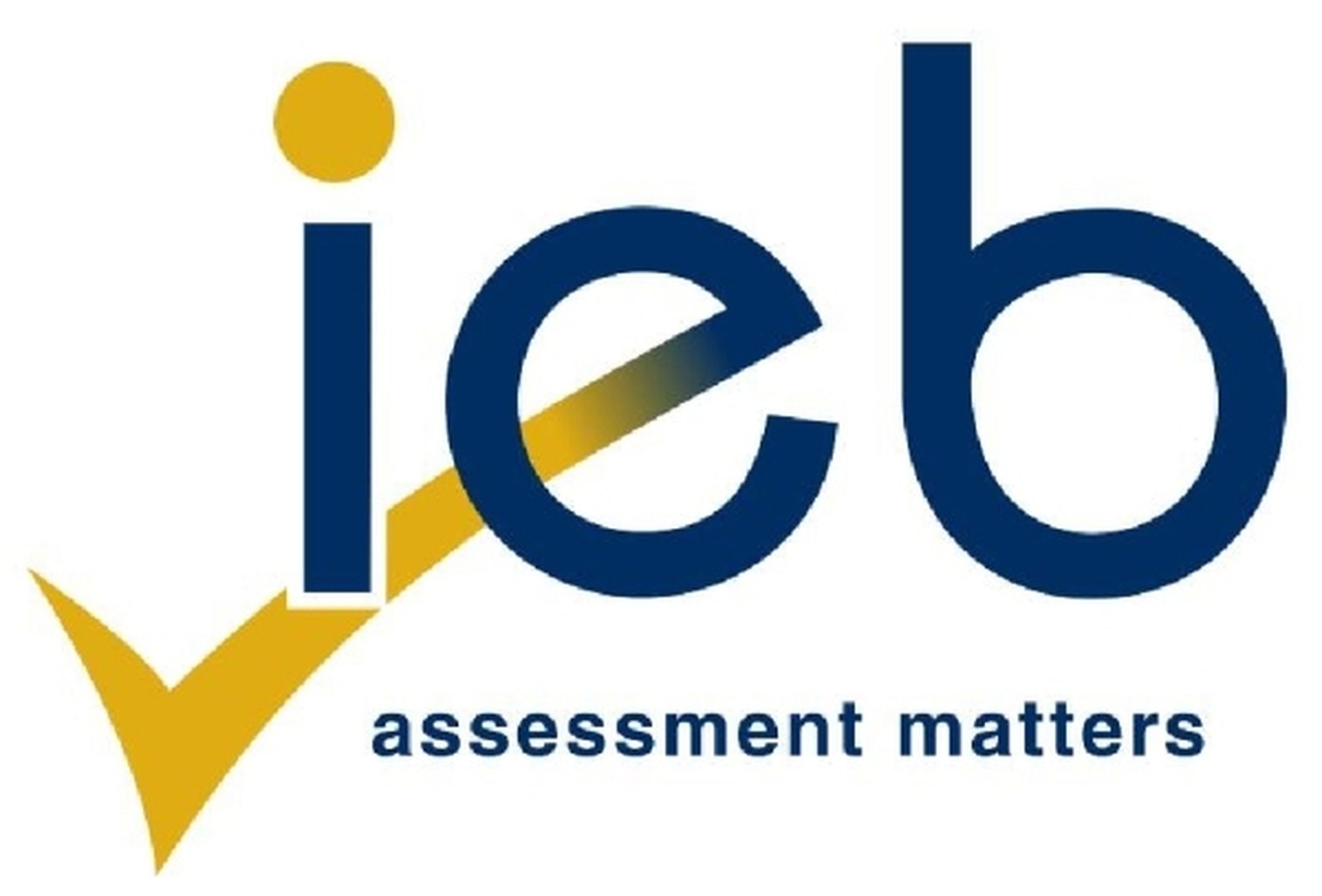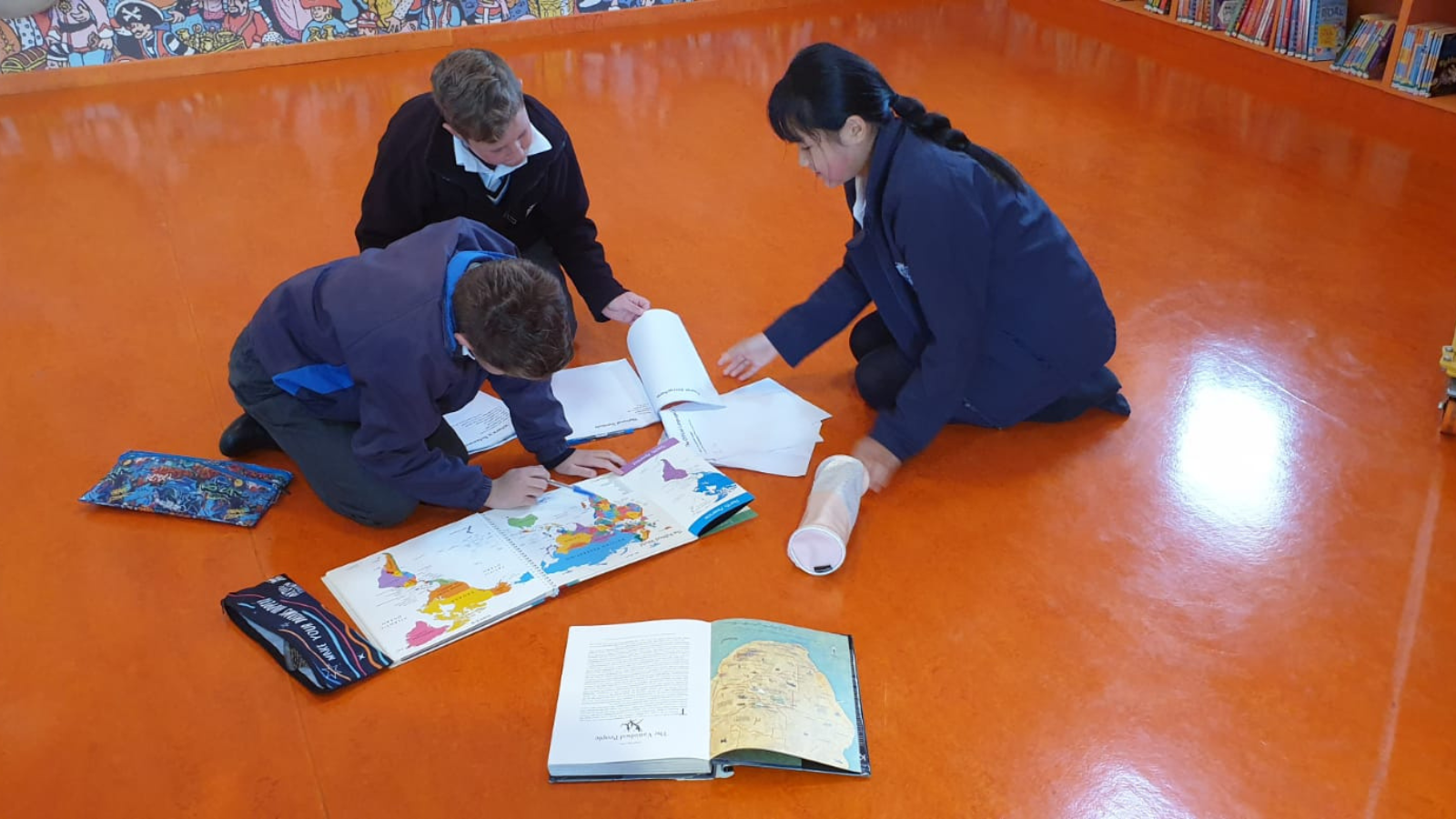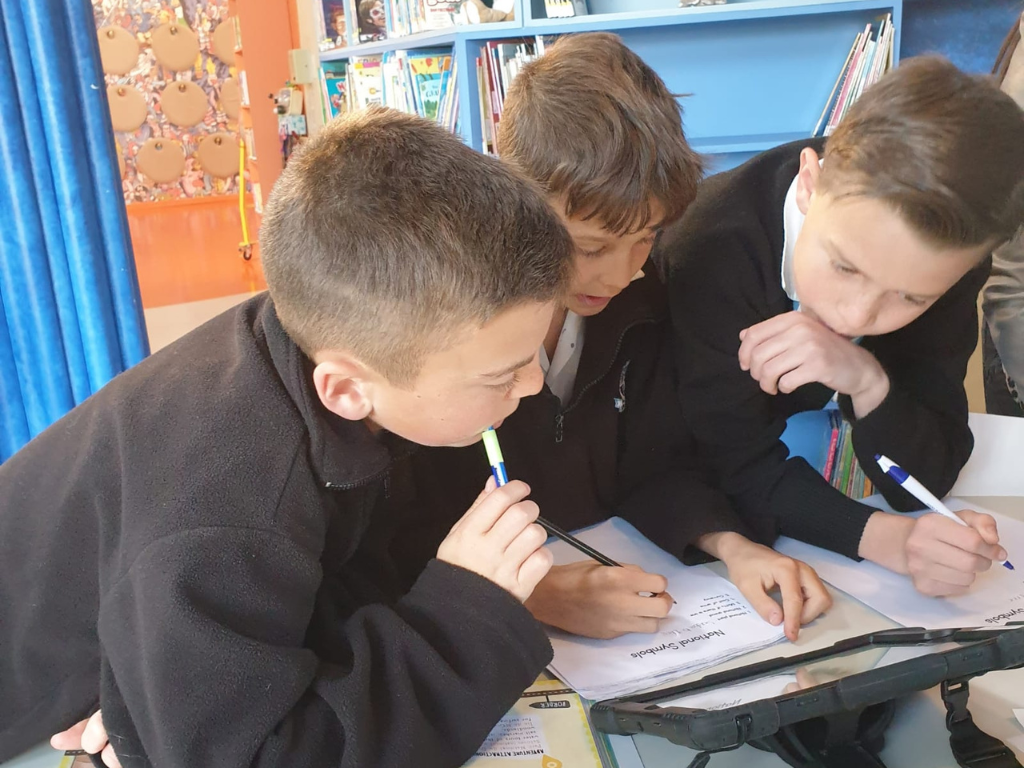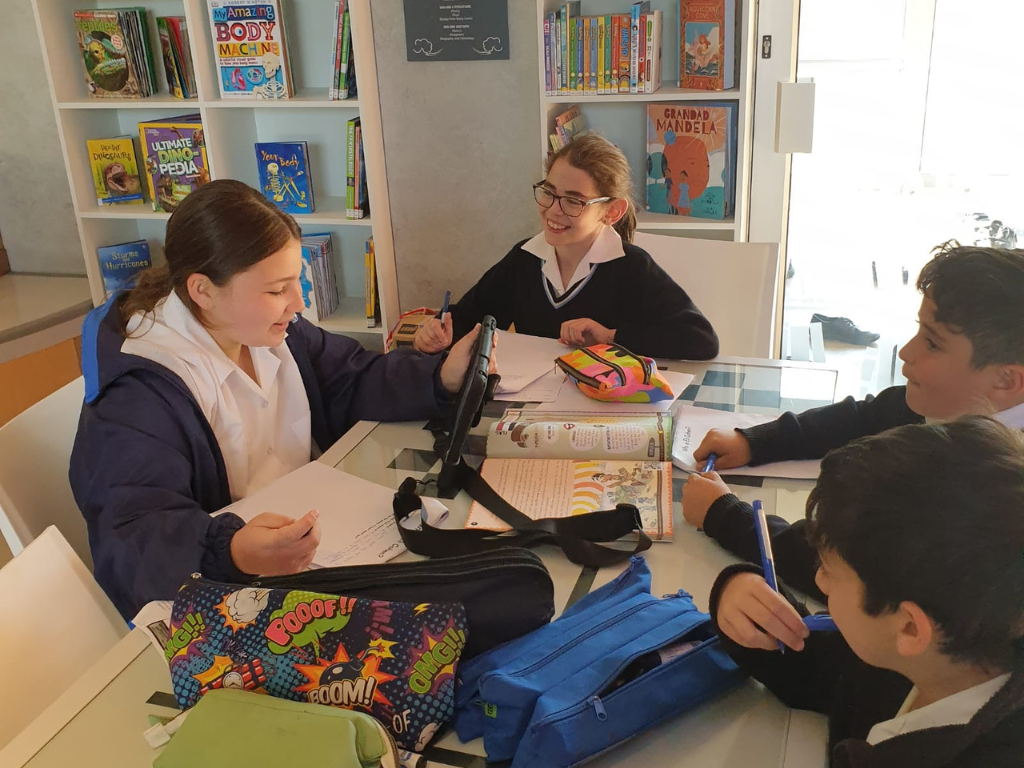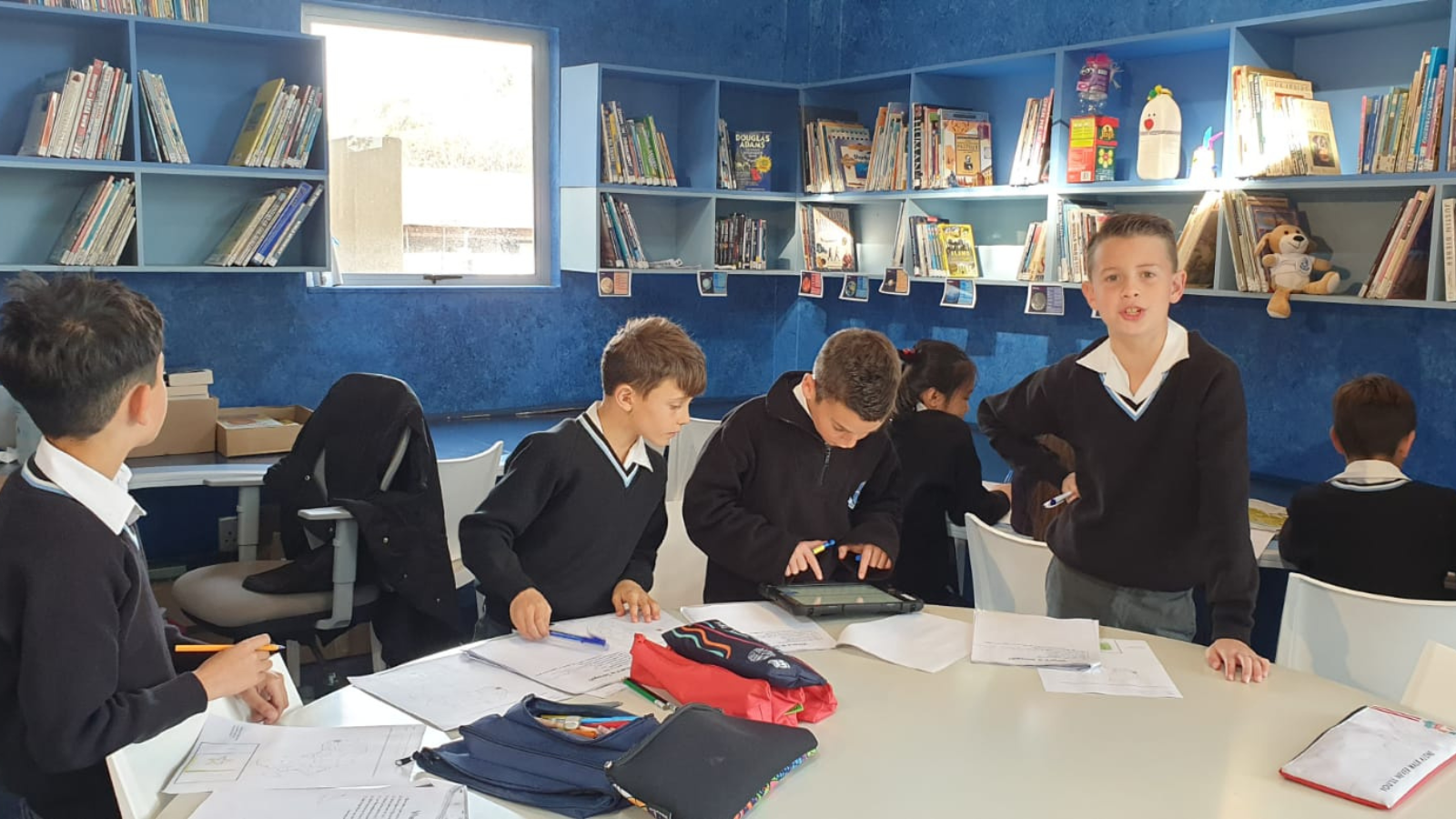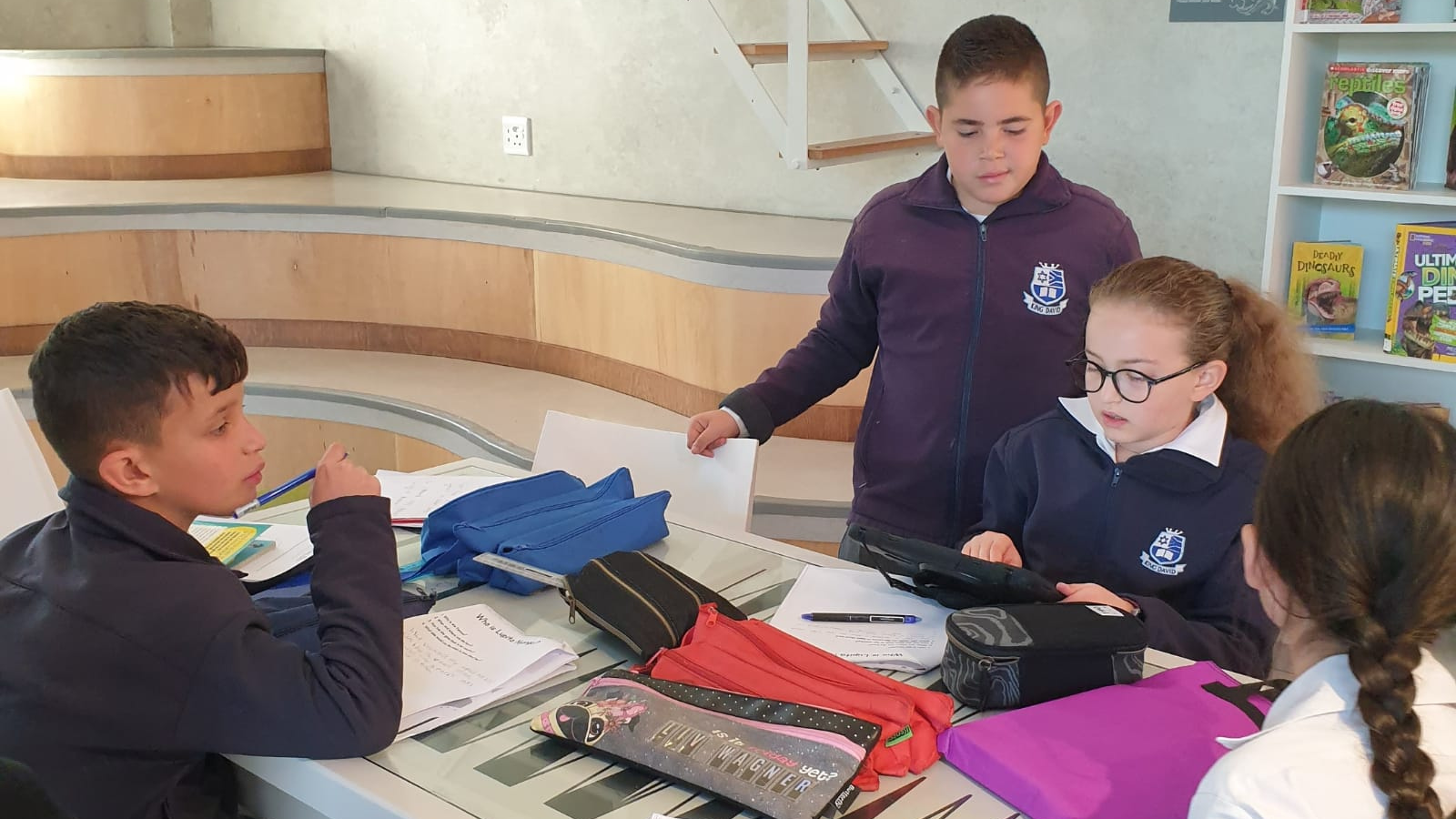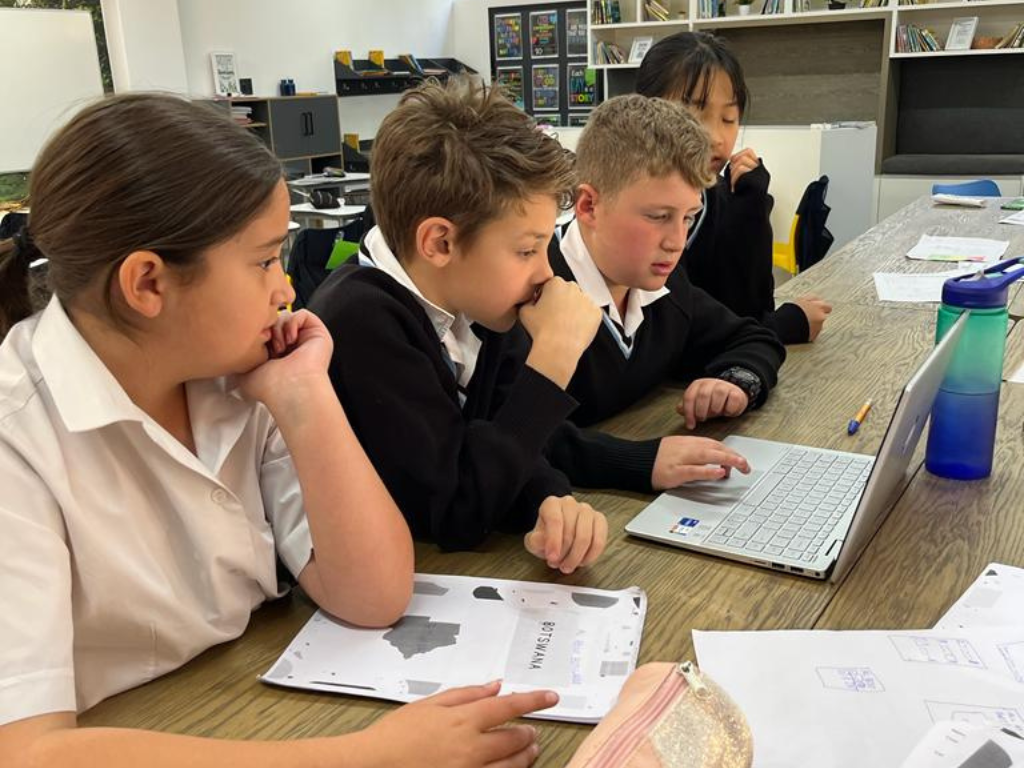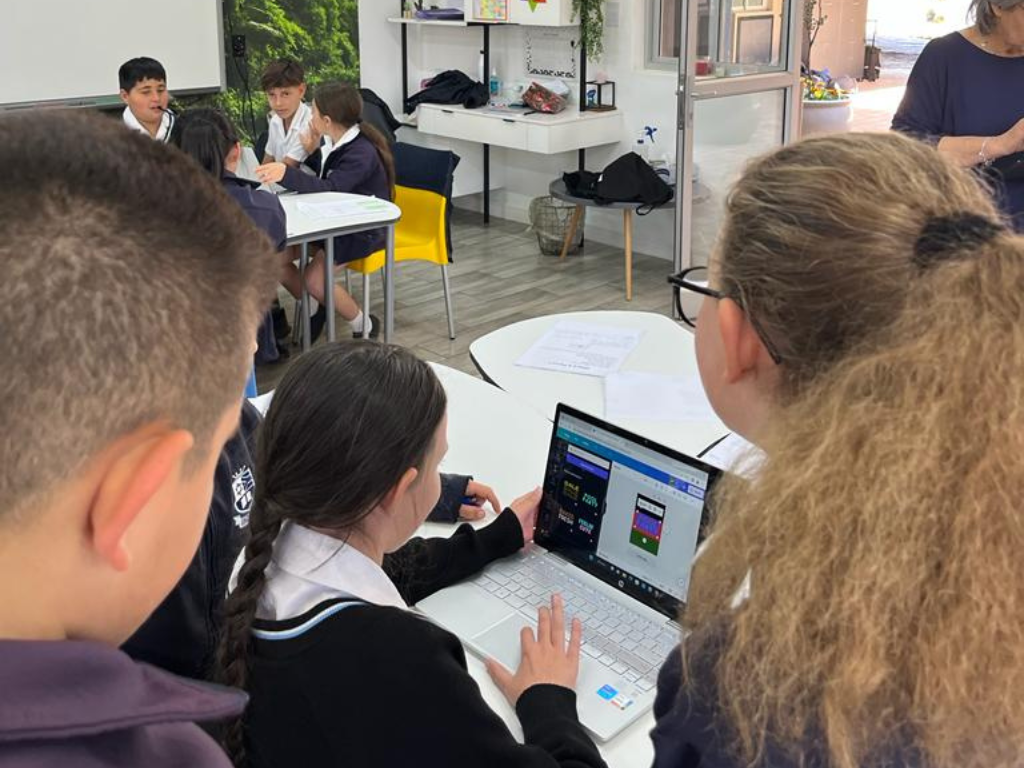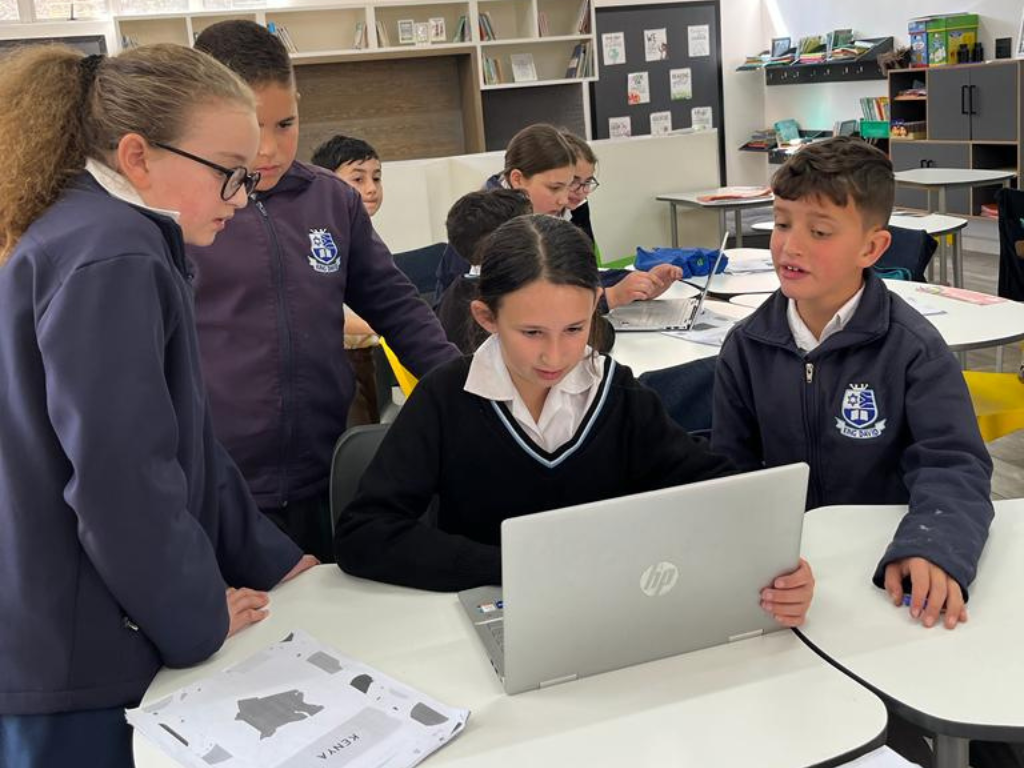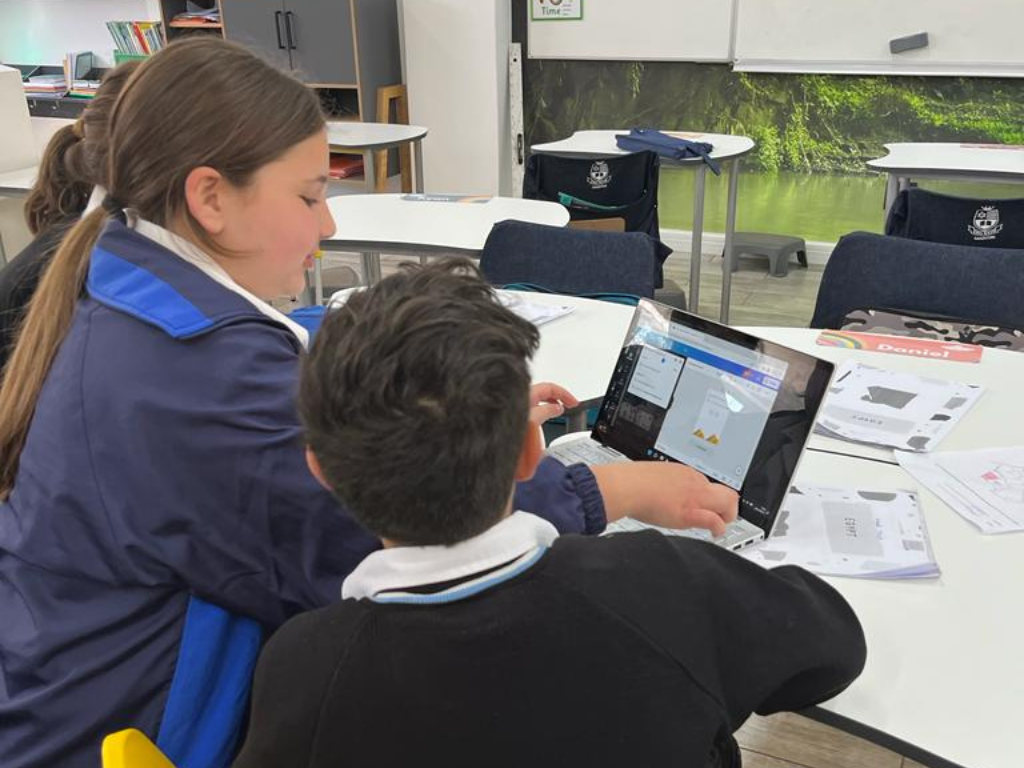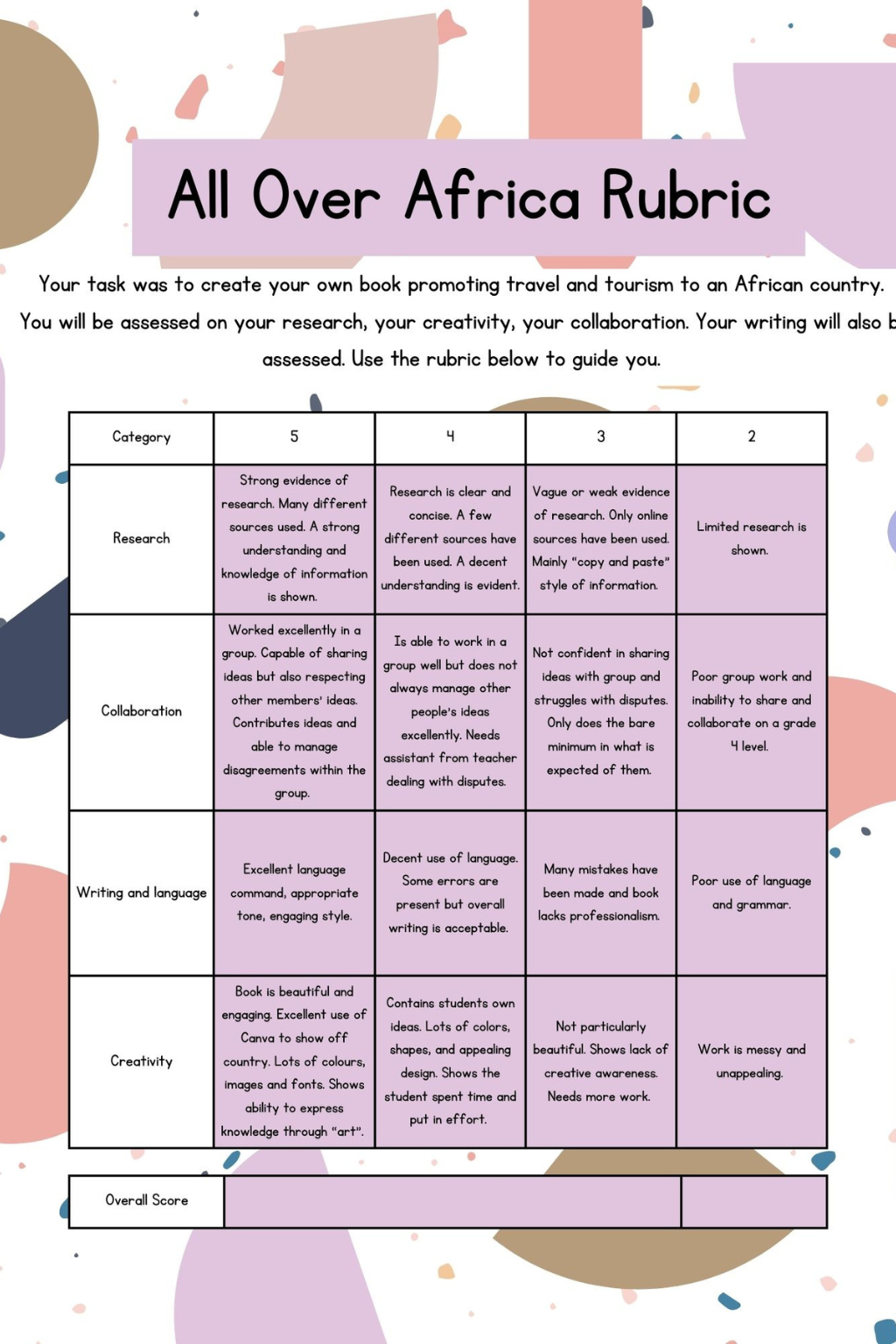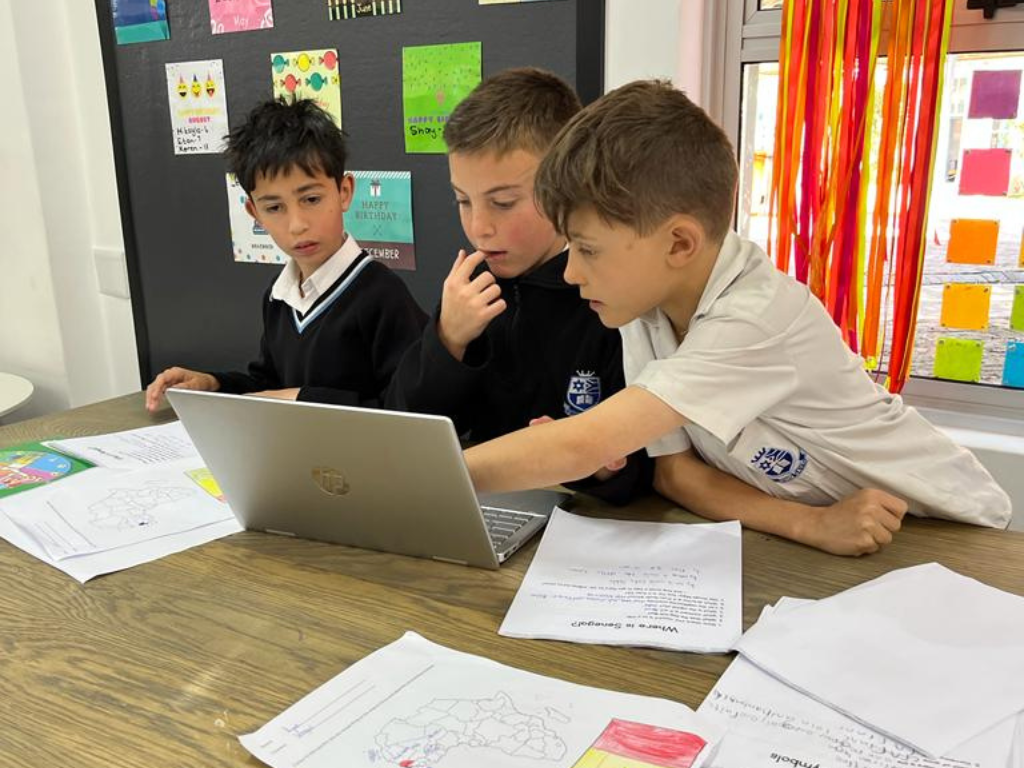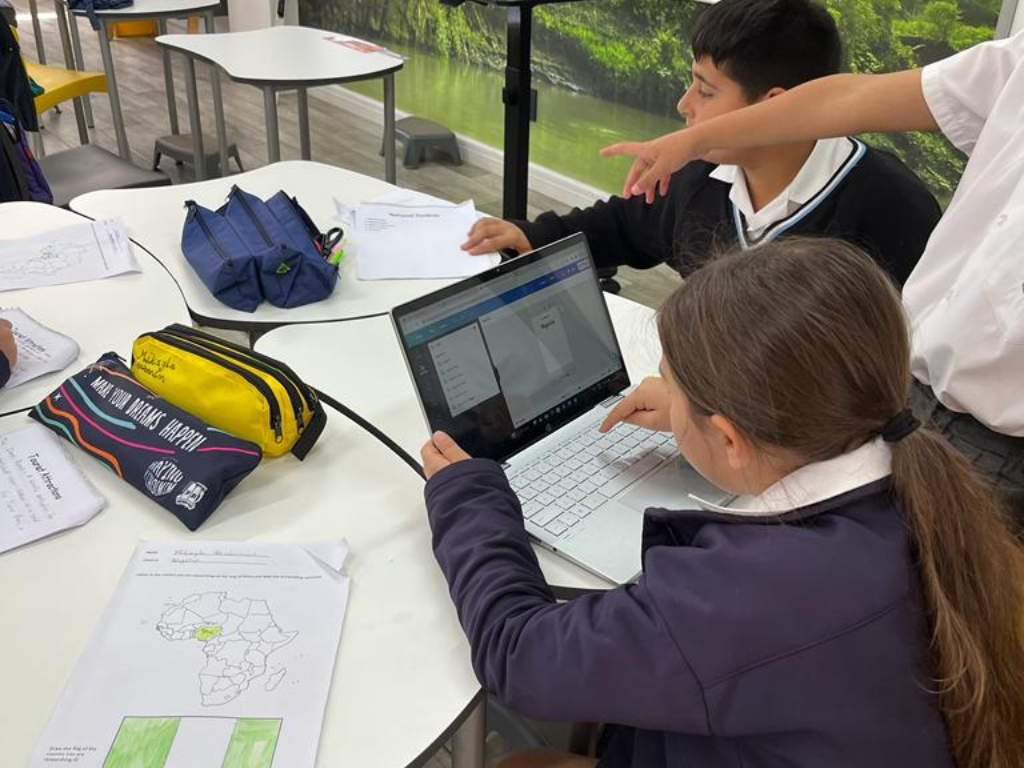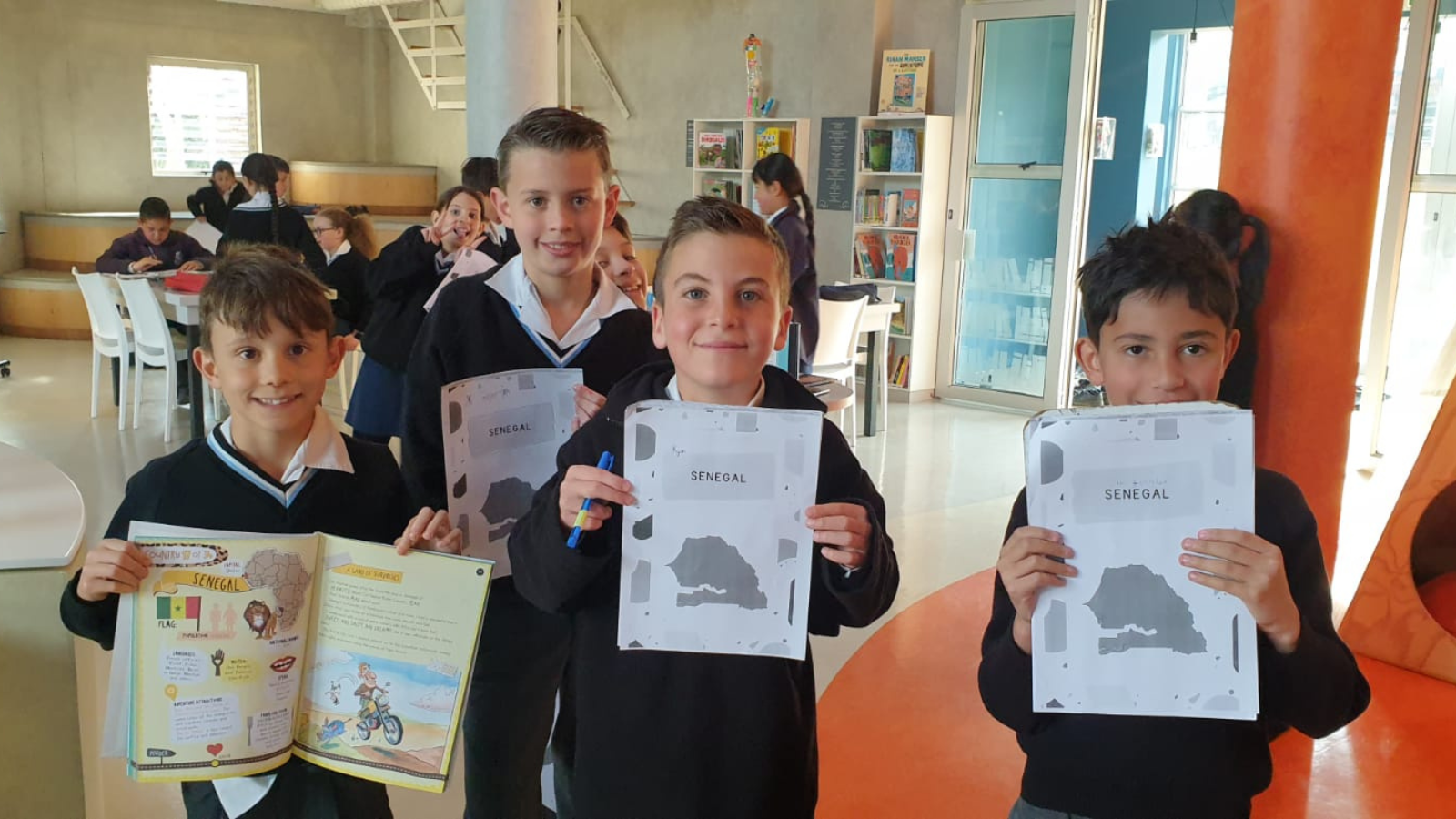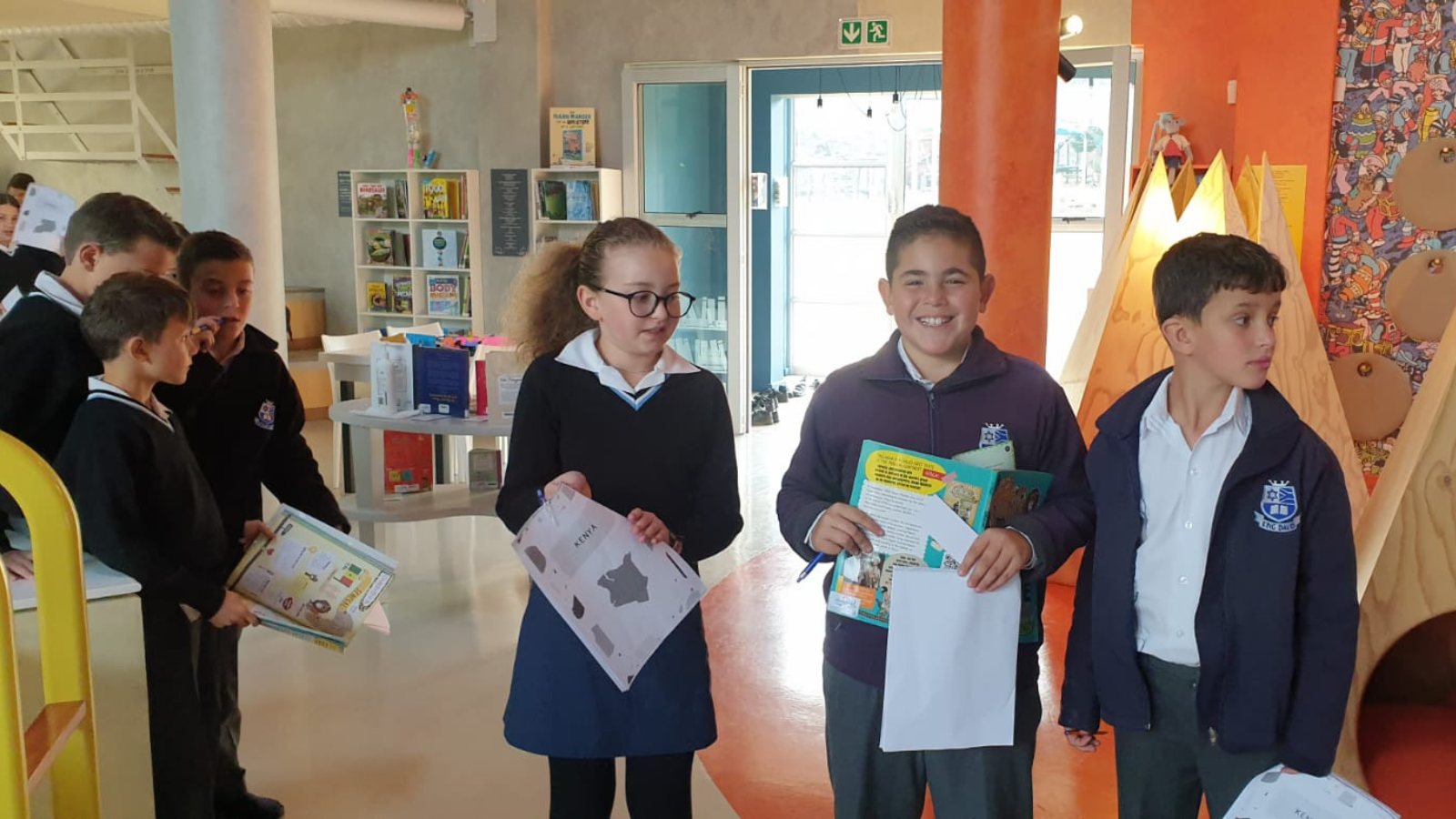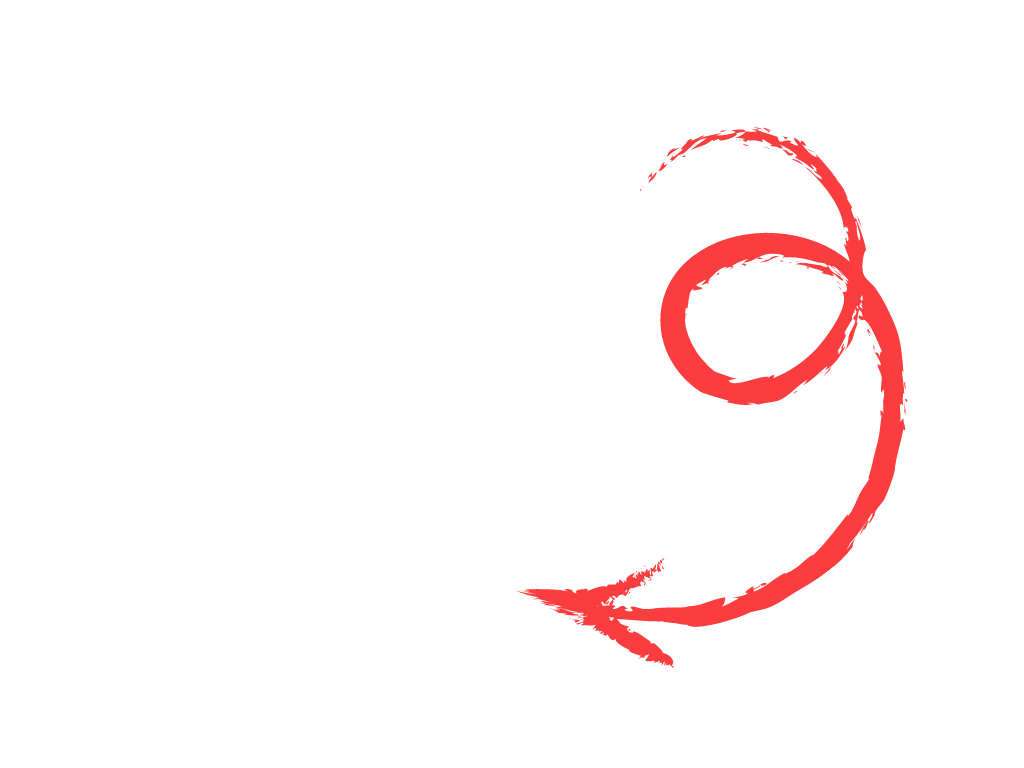Lori and Gail are grade 4 teachers at King David Primary School Sandton. They have worked together for 3 years and have managed to blend old-school practices with 21st teaching strategies to impact and inspire their learners.
Lori has been a teacher for 5 years. When she was in grade 1, she told her mom that she would be “a teacher in the day and an actress at night.” She let go of one part of her dream but she never gave up on her dream to be a teacher. After finishing school at King David, she joined their learnership programme and became a teacher at King David Sandton. Gail has been a teacher at King David Sandton for 31 years. She started off as a Foundation Phase teacher and then found her true passion in the grade 4 classroom. She is a loving mother and grandmother when she is not at school.
